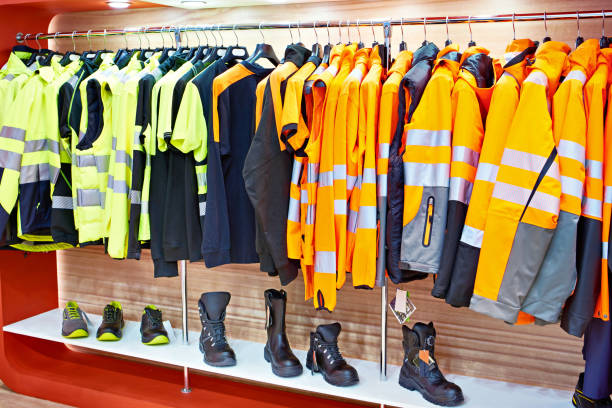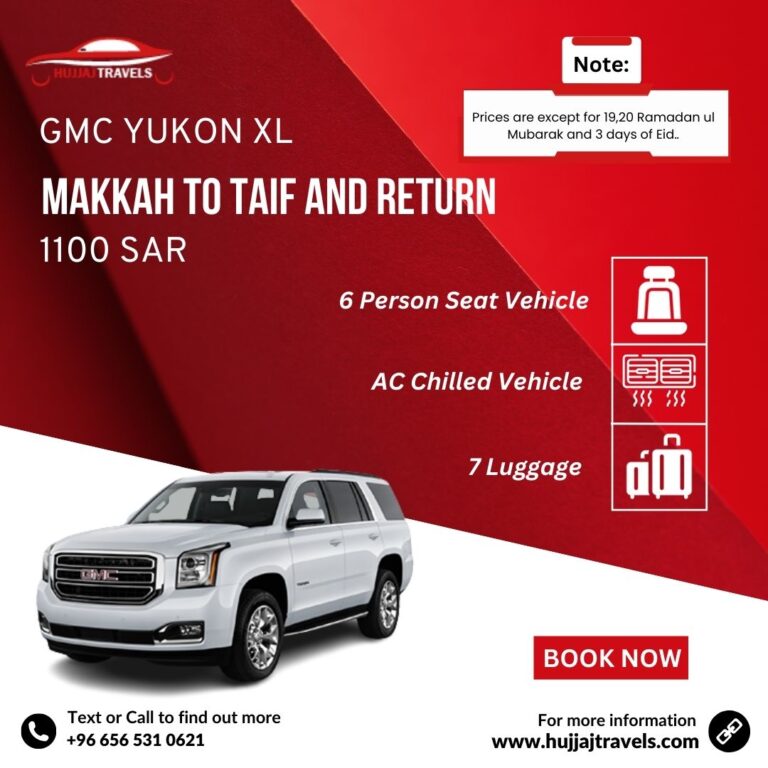
Threads of Safety – Understanding the Importance of PPE Clothes
In the ever-evolving landscape of workplace safety, the significance of Personal Protective Equipment (PPE) cannot be overstated. Among the essential components of PPE, the role of PPE Clothes stands out prominently. These threads of safety are not merely garments, they are a shield that protects workers from various hazards in their daily tasks.
Defining PPE Clothes
PPE clothes, or Personal Protective Clothing, encompass a wide array of garments designed to protect individuals from workplace hazards. These hazards may include physical, chemical, biological, or thermal risks. The primary purpose of PPE clothes is to create a barrier between the wearer’s body and the potential sources of harm.
The Key Role of PPE Clothes in Safety
Preventing Physical Injuries
One of the primary functions of PPE clothes is to shield workers from physical injuries. Coveralls and safety vests, for instance, provide a protective layer that can prevent cuts, abrasions, and punctures in hazardous environments.
Guarding Against Chemical Exposure
PPE clothes are designed to resist penetration by chemicals, safeguarding the wearer against hazardous substances. Gloves, suits, and aprons made from specialized materials create a barrier that prevents contact with harmful chemicals.
Barrier Against Biological Hazards
In environments where there is a risk of exposure to biological contaminants, such as in healthcare settings, PPE clothes play a crucial role. From gowns to masks, these garments act as a barrier against pathogens, ensuring the safety of healthcare professionals.
Thermal Protection
For workers dealing with extreme temperatures or fire hazards, PPE clothes offer thermal protection. Flame-resistant jackets, heat-resistant gloves, and fire-retardant coveralls are examples of garments that provide a crucial layer of defense against thermal risks.
Choosing the Right PPE Clothes
Assessing Workplace Hazards
Selecting the appropriate PPE clothes begins with a thorough assessment of workplace hazards. Understanding the specific risks employees face allows employers to tailor their PPE clothing selection to the unique needs of their industry.
Compliance with Standards
It is imperative that PPE clothes meet industry standards and regulations. This ensures that the garments are tested and proven effective in providing the necessary protection. Compliance not only enhances safety but also mitigates legal risks for employers.
Comfort and Fit
The effectiveness of PPE clothes is closely linked to their comfort and fit. Ill-fitting garments can impede movement and reduce overall effectiveness. Employers should prioritize providing PPE clothes that are not only protective but also comfortable for extended wear.
Maintenance and Care of PPE Clothes
Regular Inspection
Regular inspection of PPE clothes is essential to identify signs of wear and tear. Damaged garments should be promptly replaced to maintain the integrity of the protective barrier.
Proper Cleaning Procedures
Maintaining cleanliness is crucial for the effectiveness of PPE clothes. Following manufacturer-recommended cleaning procedures ensures that contaminants are removed without compromising the protective qualities of the garments.
Storage and Replacement
Proper storage of PPE clothes is often overlooked but is vital for preserving their integrity. Garments should be stored in a cool, dry place away from direct sunlight. Additionally, a clear schedule for the replacement of worn-out PPE clothes should be established to guarantee ongoing protection.
Advancements in PPE Clothes
The Evolving Landscape of PPE Clothes
As technology continues to advance, so does the landscape of PPE clothes. Innovations in materials and design have paved the way for garments that not only meet safety standards but also enhance comfort and functionality. Let’s explore the latest trends shaping the future of PPE clothes.
Smart PPE Clothes
The integration of technology into PPE clothes is a game-changer. Smart fabrics embedded with sensors can monitor vital signs, detect hazardous gases, or even provide real-time communication capabilities. This not only enhances safety but also enables a proactive approach to potential risks.
Sustainable PPE Solutions
With environmental concerns taking center stage, the PPE industry is embracing sustainability. Manufacturers are exploring eco-friendly materials and production processes to reduce the environmental impact of PPE clothes. This shift towards sustainability aligns workplace safety with broader global goals.
Industry-Specific PPE Clothes
Healthcare Sector
In the healthcare sector, the demand for specialized PPE clothes has surged, particularly in the wake of global health crises. High-performance medical gowns, face shields, and respiratory protection have become essential for frontline workers, underscoring the need for tailored solutions in different industries.
Construction and Manufacturing
For those working in construction and manufacturing, PPE clothes need to withstand heavy-duty tasks. Durable fabrics and reinforced designs are becoming standard, ensuring that workers are protected in environments where physical hazards are prevalent.
High-Visibility Apparel
Industries such as construction, roadwork, and emergency services rely heavily on high-visibility PPE clothes. These garments, often in vibrant colors with reflective strips, enhance visibility in low-light conditions, reducing the risk of accidents.
Challenges and Solutions in the PPE Clothing Industry
Fit and Comfort Challenges
One persistent challenge in the PPE clothing industry is achieving a balance between protection and comfort. Bulky or ill-fitting garments can hinder productivity and compromise safety. Manufacturers are investing in ergonomic designs and lightweight yet robust materials to address this challenge.
Education and Training
The effectiveness of PPE clothes relies not only on their quality but also on proper usage. Providing comprehensive education and training programs for workers ensures that they understand the importance of PPE and how to use it correctly. This proactive approach minimizes the risk of accidents due to improper use of protective clothing.
The Global Impact of PPE Clothes
Pandemics and Global Health
Recent global health crises have underscored the critical role of PPE clothes in safeguarding public health. The demand for protective clothing, especially in healthcare settings, has skyrocketed, leading to increased production and innovation in the PPE industry.
Cross-Cultural Considerations
In a globalized world, understanding and respecting cultural preferences and regulations regarding PPE clothes are crucial. Different regions may have unique requirements and standards, emphasizing the need for a nuanced approach to workplace safety on a global scale.
In the intricate tapestry of workplace safety, the threads of PPE clothes weave a narrative of protection and well-being. Understanding the role of PPE clothes, from head to toe, is paramount for employers and employees alike. By prioritizing the selection, maintenance, and proper use of PPE clothes, organizations can create a safer working environment. Remember, the keyword is not just ppe clothes, it’s the safety and security these garments provide to the individuals who wear them.


